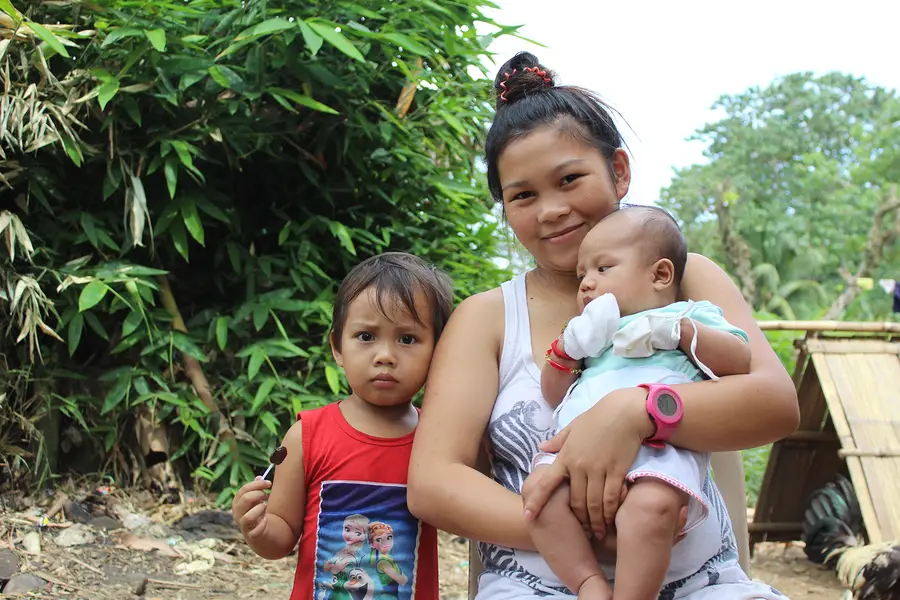
Overcoming Health Barriers Faced by Adolescents
More than half of the world’s population is younger than 30 and faces unique challenges. While other age groups have seen enormous strides and improvements in health outcomes, youth mortality has only marginally improved in the past 50 years.
Remember what it felt like being a teenager? Adolescents (age 10-19) have distinct health needs while they undergo rapid physical, mental, emotional, and intellectual development during an intense time of change and transition towards adulthood. They are most at risk for a variety of health issues, including road traffic safety, mental health, interpersonal violence, and early pregnancy; childbirth-related complications are the leading cause of death worldwide among adolescent girls aged 15 to 19. Teenagers also establish patterns of behavior related to diet, substance use, and physical activity that can put them at risk for developing noncommunicable diseases (NCDs) later in life. In fact, an estimated two-thirds of premature deaths due to NCDs are associated with risk factors that began in adolescence. Many countries have made gains in national adolescent health strategies and standards for adolescent and youth friendly services, yet access to and utilization of adolescent health care remains low with approximately 1.3 million adolescents dying each year from preventable causes. Nearly half of these deaths occur in low- and middle- income countries in Africa, the world’s youngest continent.
Adolescents deserve attention. It is vital that we address their needs knowing this is the cornerstone to ensuring health for all. On International Youth Day, we're sharing several holistic ways that we can overcome some of the health barriers that adolescents face, so that they can become healthy, productive and engaged adults.
Addressing Stigma and Discrimination Faced by Adolescents
The pure act of adolescents trying to access care for a health issue they have can often be seen as suspicious - what could they possibly be up to now? These negative perceptions and beliefs are called stigma, which is often perpetuated by cultural and societal norms and can lead adolescents to delay or avoid access to care due to fear of discrimination by providers, their families, and communities. Much of the stigma and discrimination that adolescents face in accessing healthcare is related to societal perceptions regarding sexual and reproductive health (SRH). When an adolescent enters a health facility, communities and health workers often assume that they are seeking family planning or other SRH services, even if they are there seeking another service. A study in Ghana found that community members assumed that any adolescents who attended adolescent health clinics were seeking contraceptives and labeled them “bad” boys or girls. These negative perceptions of adolescent sexuality within communities and among health workers can lead to adolescents fearing stigma and discrimination and avoiding the full spectrum of adolescent health services altogether.
In order to address this significant barrier to adolescent health and well-being, we must build awareness of stigma and discrimination and create comprehensive approaches for addressing it across different health services, including mental health, nutrition, substance abuse, and SRH. In Ghana, we are adapting an HIV stigma-reduction toolkit for health facilities developed under the USAID Health Policy Plus project to address stigma towards adolescents seeking the full spectrum of adolescent health services. Adapting existing, proven tools and approaches to create safe spaces where adolescents can access a variety of health services without fear of stigma is critically important.
Generating Evidence to Inform Adolescent-Friendly Policies and Programs
Universal health coverage for adolescents must also take into account country laws that require them to seek parental involvement and consent in order to access health services, which is meant to be a safeguard but can also impede access to care. We must not only focus on providing quality care in facilities for adolescents, but also ensuring that policies do not keep them from accessing the services they need. However, effectively advocating for health policy reform demands strong data and evidence. There are still gaps in adolescent health data at the country level, which makes it difficult for adolescents to get recognition in national programs or policies. For example, a scoping review of initiatives to promote adolescent friendly health services in India found variabilities in measuring program processes, outputs, and health impacts across the country. This finding indicates that we must better streamline data collection processes to ensure quality, comparability, as well as implementation of effective programs or services in different settings.
Generating evidence is key to bolstering the agenda of adolescent health at the sub-national, national, and global level and informing health policy reform. We need to promote adolescent health as an important priority in the research agenda at the national level to encourage context specific adolescent research, and work to create monitoring and surveillance mechanisms that can then be integrated into national health management information systems. There is so much variability within the different sub-sections of the adolescent population and in order to meet their unique needs we need data on adolescents disaggregated by gender and age that is inclusive of refugee adolescents and those with disabilities – we must prioritize integrating these indicators into existing national and global surveys.
Engaging Adolescents in their Own Health and Well-being
Finally, and perhaps most importantly, we should engage adolescents and empower them to advocate for their own health and well-being. Rather than taking a top-down approach, we need to meet young people where they are and ask them what they need if we are to truly design equitable and responsive programs. At RTI, we are committed to establishing adolescents as partners in their own development. The Philippines ranks second in Southeast Asia for teenage pregnancy, with the number of new pregnancies among teenage girls exceeding 500 per day, a number that has not dropped below 500 since 2010. Through the USAID ReachHealth project in the Philippines, we are taking a new approach to finding solutions to the high rate of teen pregnancy by placing teens at the forefront of a human centered design activity to better understand the current state of SRH across the country and identify five priority strategies for addressing it.
To help every adolescent reach their potential, policymakers and implementers must commit to confronting stigma in a more comprehensive way to create safe spaces, collecting better data at the local level, advocating for health policy reform that enables access to inclusive programming, and empowering adolescents to be decision-makers in their own health outcomes. By doing so, we can help ensure that we do not leave this group behind as we work toward achieving health for all.
This blog series, The Time is Now: Investing in Adolescent Health, examines the importance of integrated and holistic approaches to improving adolescent health outcomes, and discusses successful interventions that address those needs.

